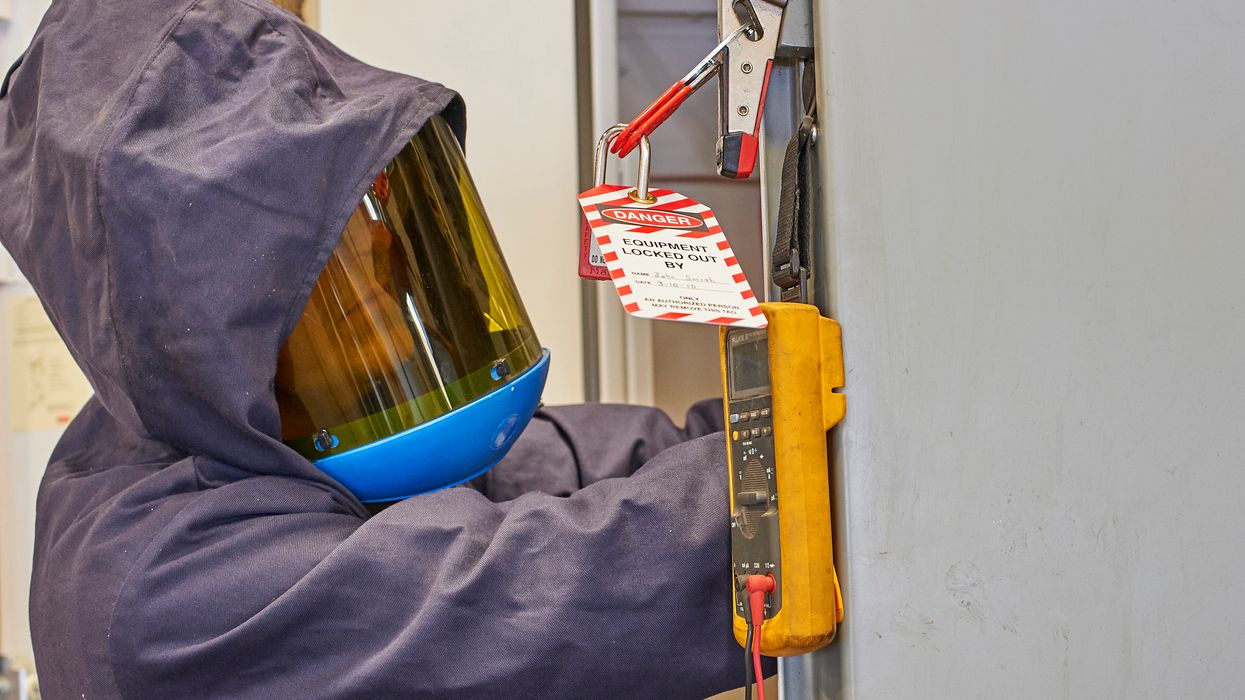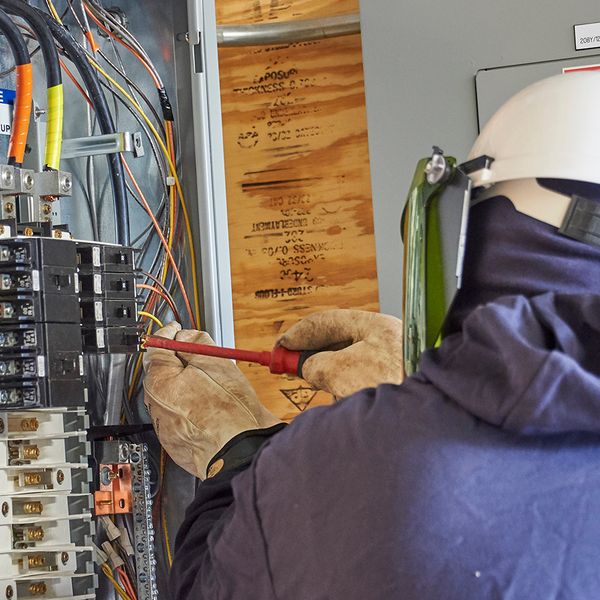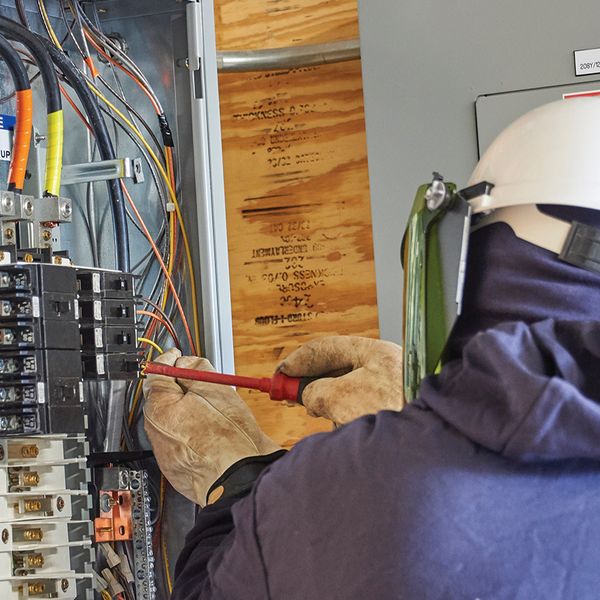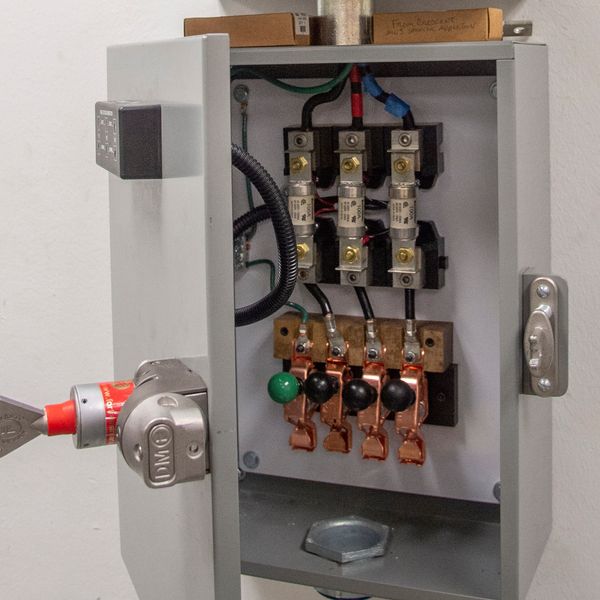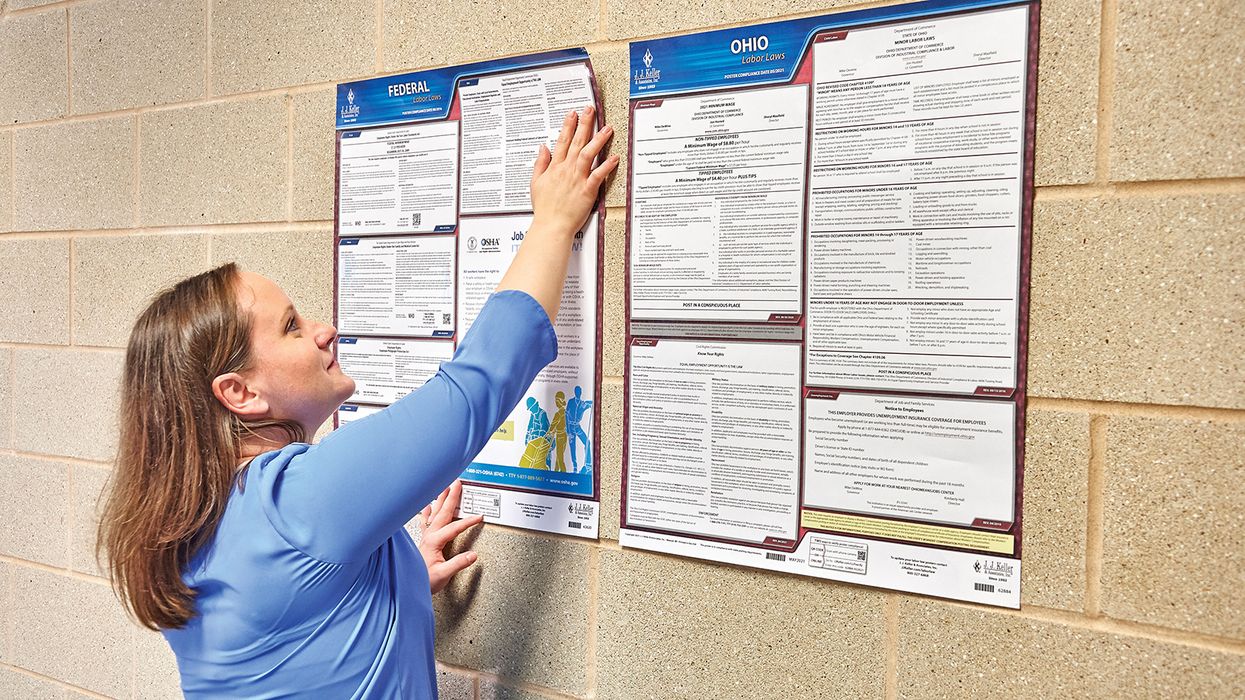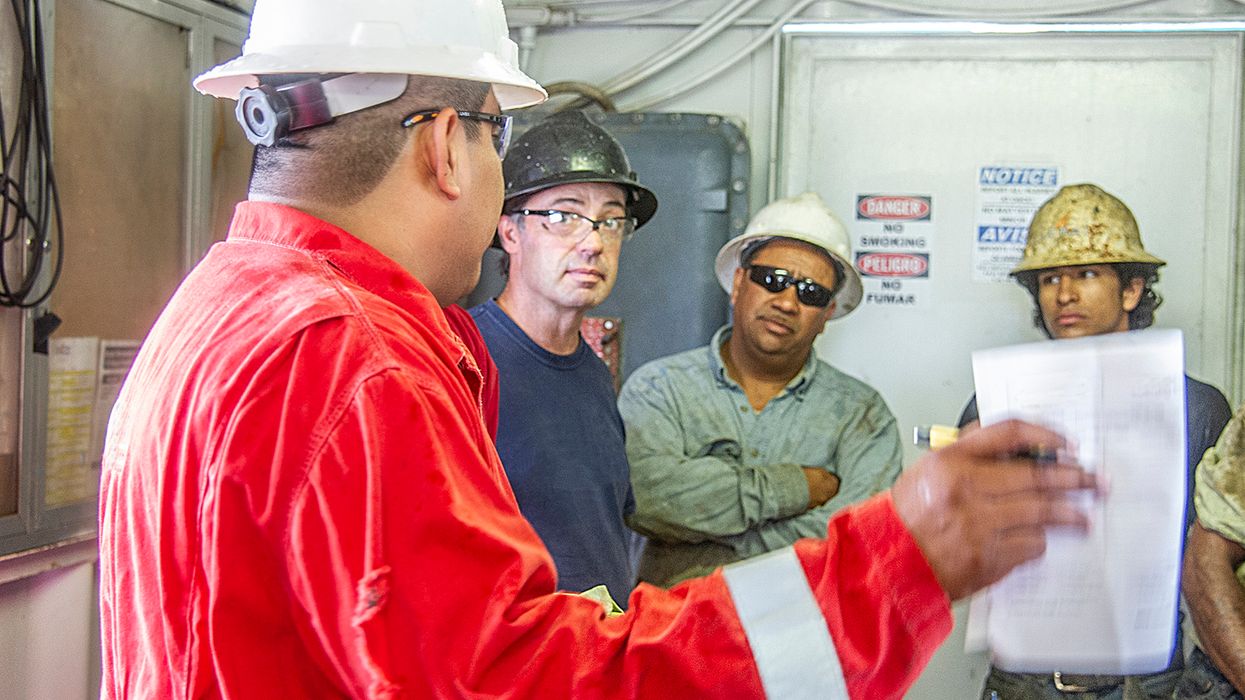Answering your top electrical questions from 2024
Have you used our Expert Help feature lately? The compliance experts responsible for J. J. Keller’s regulatory content are acknowledged leaders in the safety and compliance fields with over 500 years of combined experience. All questions are kept confidential and are included in your membership.
This article explores some of the top questions we received in 2024 on electrical safety.
1. What are the electrical training requirements?
Training is required for employees who are at risk of electric shock that cannot be eliminated by safe electrical installations. Some occupations listed by OSHA (Table S-4) are automatically included, but other workers who might reasonably face similar risks must also be trained.
All employees need to know the safety-related work practices relevant to their jobs, as specified in OSHA's standards (§§ 1910.331–1910.335).
Unqualified Workers:
These are employees who don’t work directly with live electrical systems but might be exposed to hazards. They need to learn any safety practices related to electricity that are important for their safety, even if those practices aren’t specifically listed in the OSHA standards.
Qualified Workers:
These are employees allowed to work on or near exposed live electrical parts. They must be trained to:
- Recognize which parts of the equipment are live (carrying electricity).
- Understand the voltage levels of live parts.
- Maintain safe distances from live parts based on the specific voltages they’ll encounter.
This training ensures that employees understand the electrical risks they may face and know how to protect themselves and others from harm. By meeting these requirements, employers can reduce workplace injuries and comply with OSHA standards.
2. Does OSHA require us to follow the NFPA 70E standards?
OSHA has not incorporated NFPA 70E by reference into its health and safety regulations. However, the agency does view the NFPA as a valuable resource and encourages employers to adhere to the NFPA standards. OSHA will sometimes use the general duty clause to issue citations for noncompliance with NFPA 70E standards.
The following is OSHA’s position on NFPA 70E from a Letter of Interpretation dated 10/18/2006:
“A national consensus standard can sometimes be relevant to a general duty clause citation. The standard may be used as evidence of hazard recognition and the availability of feasible means of abatement. The general duty clause, Section 5(a)(1) of the OSH Act, is violated if an employer has failed to furnish a workplace that is free from recognized hazards causing or likely to cause death or serious physical harm.”
3. Are arc flash labels required on all electrical cabinets?
If/When an arc flash study is performed on electrical equipment, the arc flash study labels should be affixed to the outside cabinets.
You may need to conduct an arc flash study to determine if it is possible or likely for an arc flash or arc blast to occur in each electrical panel/location. NFPA 70E explains further when an arc flash study may be necessary and how to complete one.
In addition, OSHA states the following for electrical panel labels:
1910.303(e) Marking.
(1) Identification of manufacturer and ratings: Electric equipment may not be used unless the following markings have been placed on the equipment:
- (i) The manufacturer’s name, trademark, or other descriptive marking by which the organization responsible for the product may be identified; and
- (ii) Other markings giving voltage, current, wattage, or other ratings as necessary.
(2) Durability. The marking shall be of sufficient durability to withstand the environment involved.
4. What PPE is needed for arc flash protection?
Unfortunately, there isn’t a straightforward answer to this question. OSHA requires employers to perform a hazard assessment under 1910.132(d) to help determine the PPE requirements. This, in addition to the electrical safety PPE requirements at 1910.137, would identify the PPE you need.
The primary source of arc flash analysis is NFPA 70E, which is a copyrighted publication. OSHA doesn’t adopt it by reference. However, they recognize it as an accurate source of information and can use it as part of a citation. The requirements to perform an arc flash risk assessment are found in NFPA 130.5.
There are specific requirements in Table 130.7(C)(15)(a) and (b) that match the type of equipment being worked with the arc-flash PPE category and arc-flash boundary. Also, table 130.7(C)(15)(c) indicates the type of PPE required for each arc-flash PPE category.
Key to remember: Have more electrical safety questions? Be sure to submit them through the Expert Help feature.

